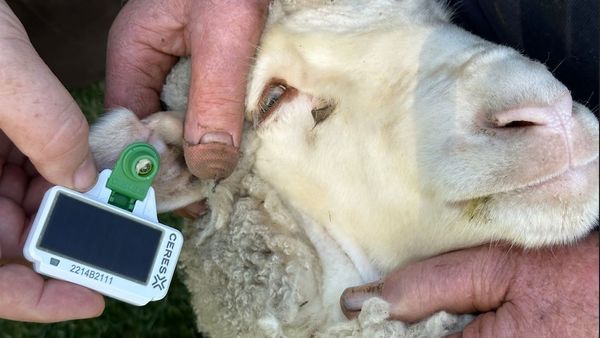The road toll in every state and territory except New South Wales and the Northern Territory has spiked in the past 12 months, prompting fears the national road safety strategy is failing to reduce deaths on Australia's roads.
The national road toll for the year to March 2023 reached 1,204, which was 67 more deaths than the 12 months before, according to independent monitoring by the Australian Automobile Association (AAA).
But it also blows way past where states and territories should be tracking towards their goal to halve the road toll over a decade to 2030.
If states and territories were tracking along their trajectory to halve the road toll, there would have been 193 fewer deaths on the nation's roads since 2021.
Instead, annual road deaths have risen by about 10 per cent since then, when the National Road Safety Strategy commenced.
Only NSW is on track to achieve its target. However, it made no progress in the past 12 months, with the same number of road deaths as the year before.
State/Territory |
Road deaths year to March 31, 2022 |
Road deaths year to March 31, 2023 |
% Change |
|---|---|---|---|
NSW |
289 |
289 |
0% |
VIC |
236 |
259 |
+9.7% |
QLD |
276 |
281 |
+1.8% |
SA |
85 |
93 |
+9.4% |
WA |
154 |
180 |
+16.9% |
TAS |
44 |
48 |
+9.1% |
NT |
43 |
37 |
-14% |
ACT |
10 |
17 |
+70% |
AAA's managing director Michael Bradley said government had failed to introduce systems to properly assess the problem.
"Road deaths have increased over the past five years, and a lack of road trauma data reporting makes it difficult to understand the reasons for this trend and to identify the measures needed to prevent them," Mr Bradley said.
"Australia’s trajectory to meet the National Road Safety Strategy targets of halving road deaths through the decade to 2030 and reducing serious injuries by 30 per cent is badly off course."
The Bureau of Infrastructure and Transport Research Economics reported earlier this month that national fatalities had remained largely flat over the decade.
Fatality rates per population declined over the decade from 5.1 per cent to 4.6 per cent.
But several targets which states and territories have promised to improve cannot be tracked due to a lack of data, including deaths in CBD areas, reducing serious injury on roads and national highways and high-speed road deaths.
The AAA has urged the federal government to make transport funding to the states conditional on them improving and sharing road crash data.
Ahead of last year's federal election, then-transport minister Barnaby Joyce sent the national plan back to the drawing board following warnings it would fail to substantially reduce road deaths.
Infrastructure and transport ministers agreed at a meeting late last year to a new action plan for 2023 to 2025, noting it had been "revised and strengthened" since the strategy was brought back to the group to be revisited.
The new plan commits governments to an annual progress report and regular data reporting.
In a statement, Assistant Transport Minister Carol Brown said the government had made improving road safety data one of its two "guiding principles", alongside research.
Senator Brown said $43.6 million had been committed in last week's federal budget, over four years, to establish a grants program for road safety, including data collection.
"The Albanese Government remains committed to Vision Zero — zero deaths and serious injuries on our roads by 2050," Senator Brown said.
"We are determined to succeed — Australian lives depend on it."
The National Farmers Federation also warned last week that funding for rural roads in the federal budget was "dismal", and that the government had ignored its calls for an emergency funding package to repair rural roads damaged by flooding.
In the meantime, the federal government is reviewing its public infrastructure investment pipeline.










